Styx Valley trail guide
Use our handy trail guide to take a walk among some of the planet's biggest trees in the Styx Valley.
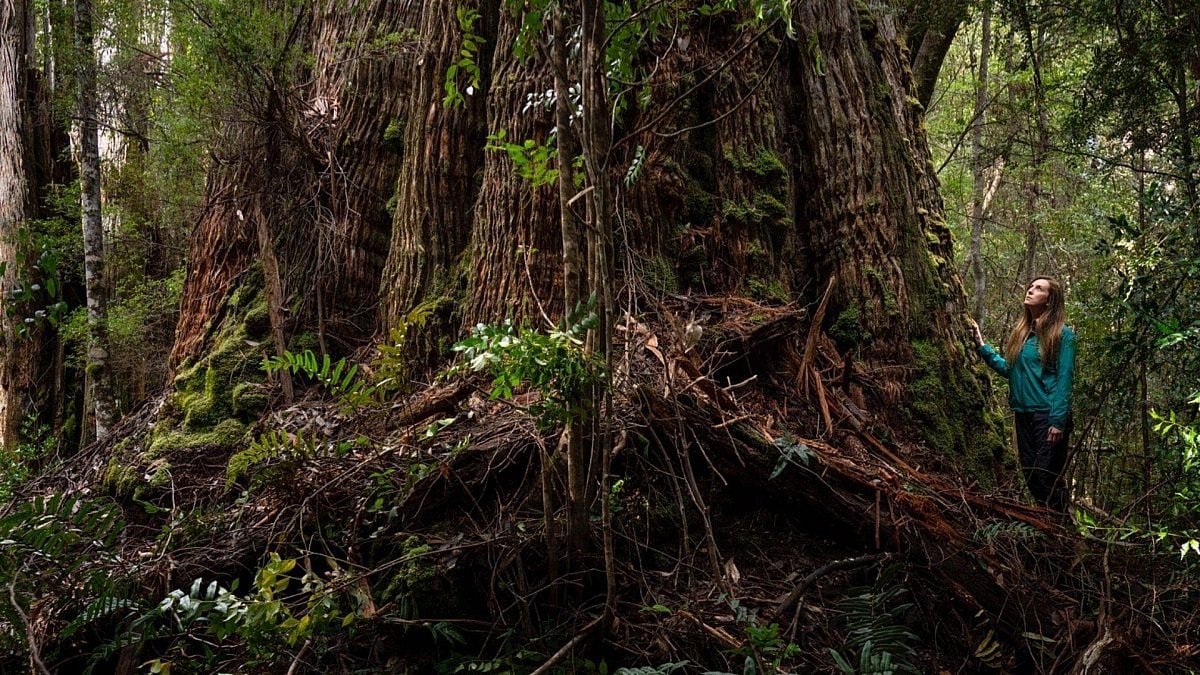

These forests support some of Australia’s most iconic species. Sadly, these forests are under threat. They have an ancient history—let's make sure they have a living future.

In a country of diverse landscapes, lutruwita / Tasmania stands a world apart. Its spectacular forests support life across the state—they also form the identity of the place and are integral to the cultural and historical identity of the palawa (the Tasmanian Aboriginal people).
Authorised by Alice Hardinge, 130 Davey Street Hobart
Covering over 1 million hectares, or almost 20% of lutruwita / Tasmania, is a world-class expanse of Gondwanan forest, much of it protected within the Tasmania Wilderness World Heritage Area (TWWHA).
Most UNESCO World Heritage sites meet only one or two of the 10 criteria; the forest wilderness of lutruwita is the only one in the world that meets all four natural criteria, plus three cultural criteria, thanks to its rich First Nations heritage. People have lived in, used, managed and modified the forest landscapes of lutruwita for at least 35,000 years.
Find out how the formation of the Tasmanian Wilderness World Heritage Area helped win the Franklin River campaign in 1983.

“The cultural and ecological descriptors of why lutruwita meets World Heritage criteria should be required reading for every Australian—they are a beautiful evocation of the island's wilderness values.”
The forests are time capsules from when Australia was part of the Gondwana supercontinent millions of years ago. They’re home to precious endemic plant species like the thousand-year-old Gondwanan conifers, the pencil pine, and the Huon pine, one of the oldest living organisms on Earth.

The forests house giants of the natural world like the giant freshwater lobster, and towering Eucalyptus regnans, the tallest flowering plants on the planet. Iconic animals like the swift parrot, Tasmanian devil, as well as Bennett’s wallaby, wombats, pademelons, platypus, possums and quolls, depend on the environments the plants of the forest create.
After centuries of growth, the rich soil and dense vegetation in ancient rainforests store more carbon than almost any other forest on Earth. They are some of the best buffers Australia has against climate change and future climate disasters such as bushfires. Like giant air conditioners, they help shape the climate that makes lutruwita / Tasmania a world-class food producer and iconic destination for nature lovers.
Leatherwood trees produce lots of sweet nectar when they flower from late spring to summer. It’s a time when many other plants aren’t in flower—so leatherwood trees are vital in sustaining the bee population and agriculture industry year-round in lutruwita / Tasmania.
You have to really experience Tasmania's forests first hand—nothing prepares you for the change in atmosphere when stepping into a dense and ancient forest—whether it's inside in the TWWHA or the thousands of high conservation value forests that so urgently need to be protected from industrial logging.
Go for a wander in the forests of the Styx Valley (download the trail guide below), be surrounded by infinite shades of green, moss underfoot and towering mountain ash (Eucalyptus regnans), the world's tallest flowering plant, forming a canopy up to 100 metres high overhead.

Use our handy trail guide to take a walk among some of the planet's biggest trees in the Styx Valley.
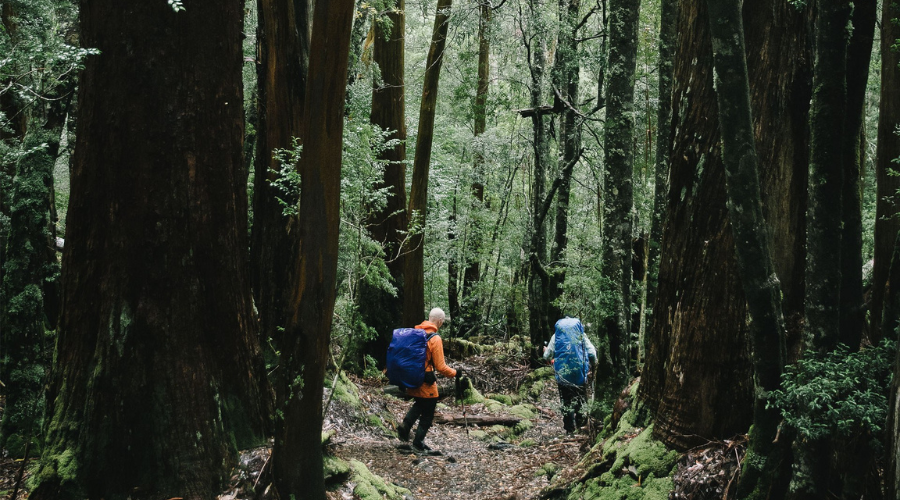


This majestic site in the Central Highlands of lutruwita / Tasmania enjoys World Heritage protection. We're working to expand these areas. Photo: Brodie Emery
Australia's largest tract of cool temperate rainforest is one of a very few wild places that remain unprotected. Photo: Brodie Emery
Strathblane, Southern Tasmania. Photo: Hana Yates




The world's largest freshwater invertebrate lives in creeks threatened by logging, pollution and poaching.
Swift parrots are the world’s fastest parrots and one of only three migratory parrots in lutruwita / Tasmania, the others being the blue-winged and orange-bellied. They are critically endangered with the principal driver of their decline being the continued logging of their habitat. Image: Chris Tzaros.
The forests of Tasmania are dotted with dazzling fungi. Head out with a camera after a particularly wet patch of weather to capture these colourful gems. Image: Stephen Axford.
The Bennett’s or red-necked wallabies are a fairly common site at dusk. Image: John Harrison
For decades, these native forests have been exploited for veneer and wood chips. When native forest is clear-felled, helicopters drop a napalm-like substance to burn off the remains. This releases carbon stored in soil and vegetation back into the atmosphere. For a region that trades on its natural beauty, the chemical-laden smoke tells a different story.
Many people think the forests of lutruwita are protected—and that’s what the Tasmanian government would like you to believe. But in 2014, it tore up the Tasmanian Forestry Agreement, an historic deal the Wilderness Society helped broker between the industry, trade unions and conservationists. It meant that from April 2020, precious forests were once again at risk.
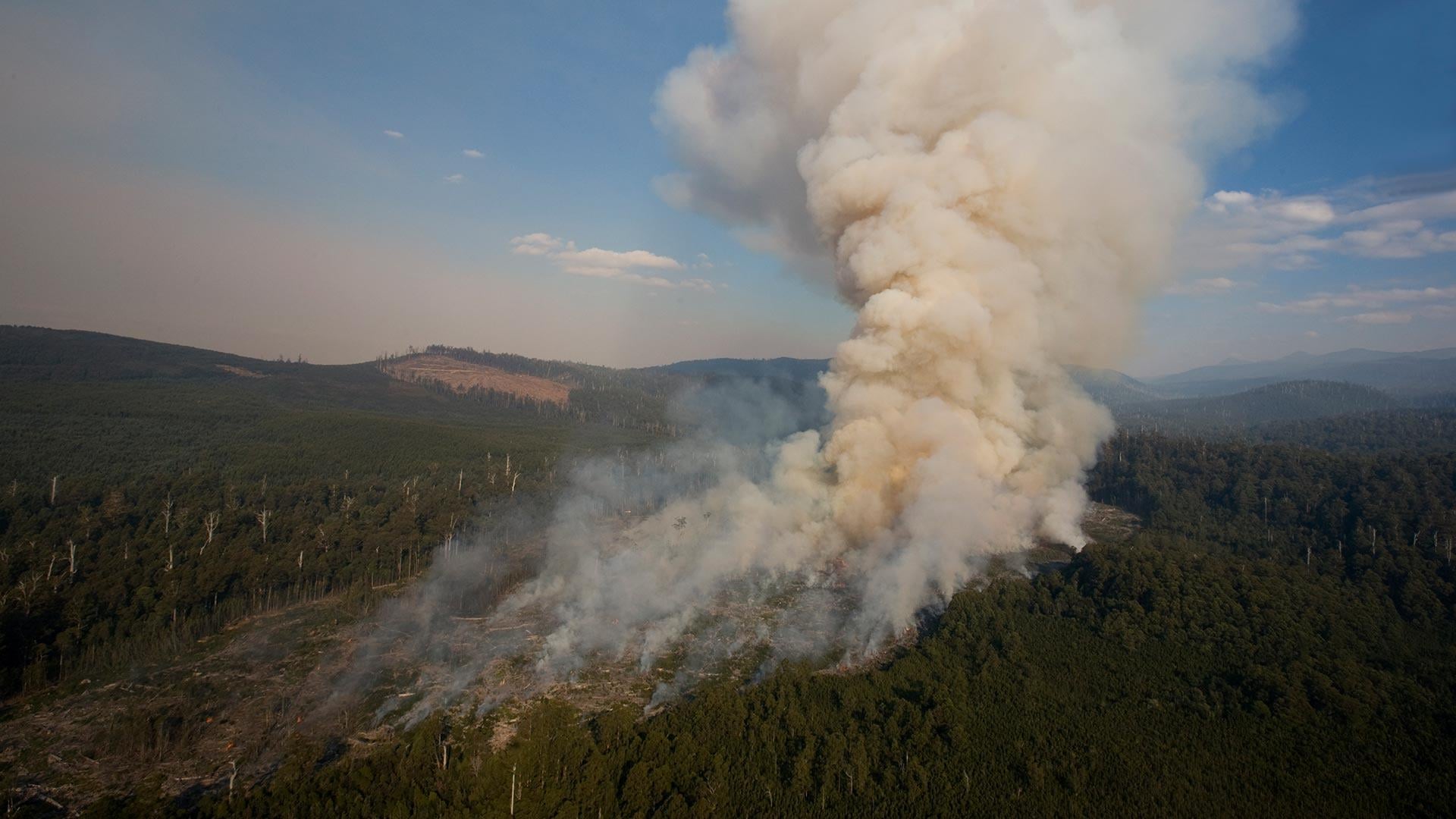
Incredibly, giant trees like the 400-year-old Home Tree in the Florentine Valley, a colossal and ancient stringy bark, are now up for the chop.
Together we can drive the policy change needed for a plantation-based timber industry and build pressure for new nature laws that actually work to protect Australia’s forests.
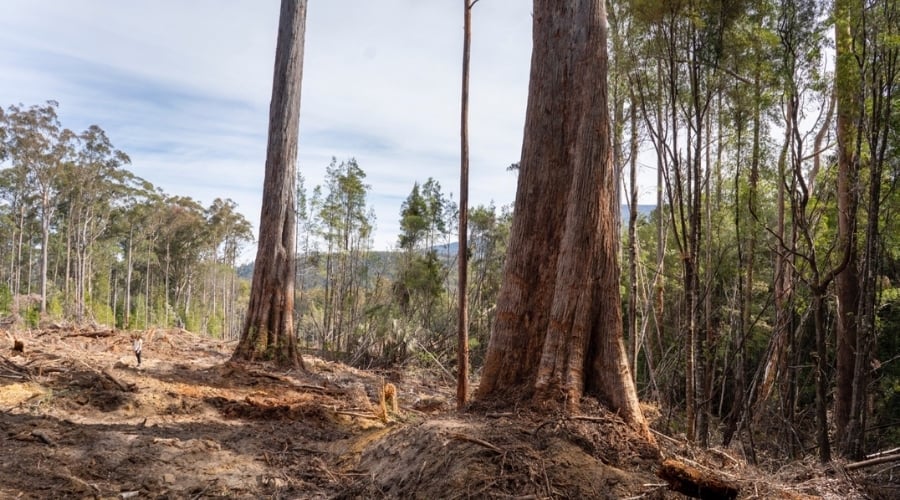
In 2013, the Tasmanian Forestry Agreement or ‘forest peace deal’ was signed, after years of historic negotiations between the forestry industry and conservation movement. 356,000 hectares of High Conservation Value (HCV) forests were earmarked for protection in lutruwita / Tasmania.
Tasmanian loggers received $420 million in taxpayer-funded compensation. Yet in 2014, Tasmania’s new Liberal government abandoned the deal. They reclassified the protected areas as Future Potential Production Forest, which became eligible for logging in April 2020.
The carbon- and species-rich native forests continue to be destroyed—even as our climate and extinction crises worsen.
Compelling evidence shows that the single-biggest source of CO2 emissions is caused by lutruwita / Tasmania's logging industry. The Tasmania's Forest Carbon report produced by the Wilderness Society, The Tree Projects and the Tasmanian Climate Collective shows that native forest logging in Tasmania has annual emissions of 4.6 million tonnes. This is equivalent to 1.1 million medium sized cars, or over two and a half times the entire Tasmanian transport sector."
The forests of lutruwita / Tasmania are classified as High Conservation Value (HCV) because they are so old and rich in species. They also capture huge amounts of carbon and are spectacularly beautiful, the giant trees a draw for tourists.
Yet the Tasmanian government has handed 356,000 hectares of this globally important forest to the logging industry. Huge trees will be felled. Rich habitat destroyed. Tonnes of dead trees left behind, to be burnt out with napalm-like chemicals.

The 356,000 hectares of HCV forests now available for logging are in addition to the 810,000 hectares of ‘Permanent Timber Production Zone Land’ that is already being logged. The Tasmanian government increased the forest available for logging by 40%, while selling off publicly owned ‘plantation estate’ that produces more sustainable timber.
The Wilderness Society is fighting to protect more than 200 precious forest reserves from logging. These areas should be added to the world-class parks and wilderness areas they adjoin, such as:
The market for HCV wood is declining, as more and more consumers reject its environmental destruction.
If our politicians truly cared about the people who work in forestry, they’d help them transition to a plantation-based future. It’s the best way to guarantee long-term job security and protect our forests.
When we protect HCV forests, we protect the spotted quoll and Tasmanian devil, and turn the tide on species extinction.
We preserve the globally unique values, magic and wonder of our forests.
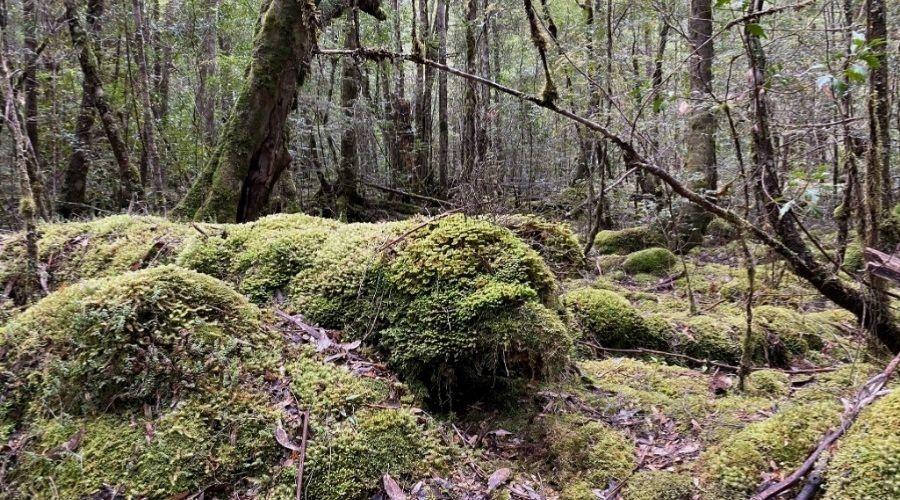
With your help we can drive the policy change needed for a plantation-based timber industry and build pressure for new nature laws that actually work to protect Australia’s forests.
Incredibly, the logging industry gets exemptions from the Environment Protection and Biodiversity Conservation Act. The Wilderness Society is demanding stronger laws and a watchdog to enforce them to ensure better protections for our vital forests and other wild places.
Pressure is mounting on the logging industry to stop destroying High Conservation Value (HCV) forests. Across Australia, the Wilderness Society is pushing for a swift transition to plantation-based industries that protect jobs and nature.
Around the country, the Wilderness Society is training local leaders to stand up for the places they love. Our people-powered movement is fighting to protect incredible places like the forests of lutruwita for good.
First Nations people have cared for forests and ecosystems for tens of thousands of years. The Wilderness Society is committed to working alongside First Nations on all aspects of our campaigns.
The reality of logging is so shocking that it’s hidden from public view, behind buffers of trees. In remote wilderness areas, logging crews still tear down giant trees that are hundreds of years old. Helicopters drop chemical bombs to burn the vegetation that’s left.
It’s a far cry from the clean, green ‘Brand Tasmania’ our politicians want to convey to the world.
The carbon and species rich native forests of lutruwita / Tasmania continue to be destroyed—even as our climate and extinction crises worsen.
We want to see the logging industry transition to plantation-based forestry so that all Lutruwita / Tasmania's forests can breathe easy, safe to do the heavy lift of climate and biodiversity protection that we so urgently need, while existing plantations can supply timber much more efficiently than continuing to pillage these cathedrals of wonder for an economic and ecological loss we can no longer afford.
28/03/23: A decision handed down in Launceston Magistrates Court today has denied the Wilderness Society's right to criminally charge Forestry Tasmania for potentially illegal logging activities in Lutruwita / Tasmania. More on the court's decision.
09/10/23: Launceston Magistrates Court heard submissions from the Wilderness Society Tasmania and Forestry Tasmania on the issue of whether private individuals and organisations have the right to pursue criminal charges for illegal logging of native forest under the Forest Practices Act 1985 (Tas). More about the issue and pending decision